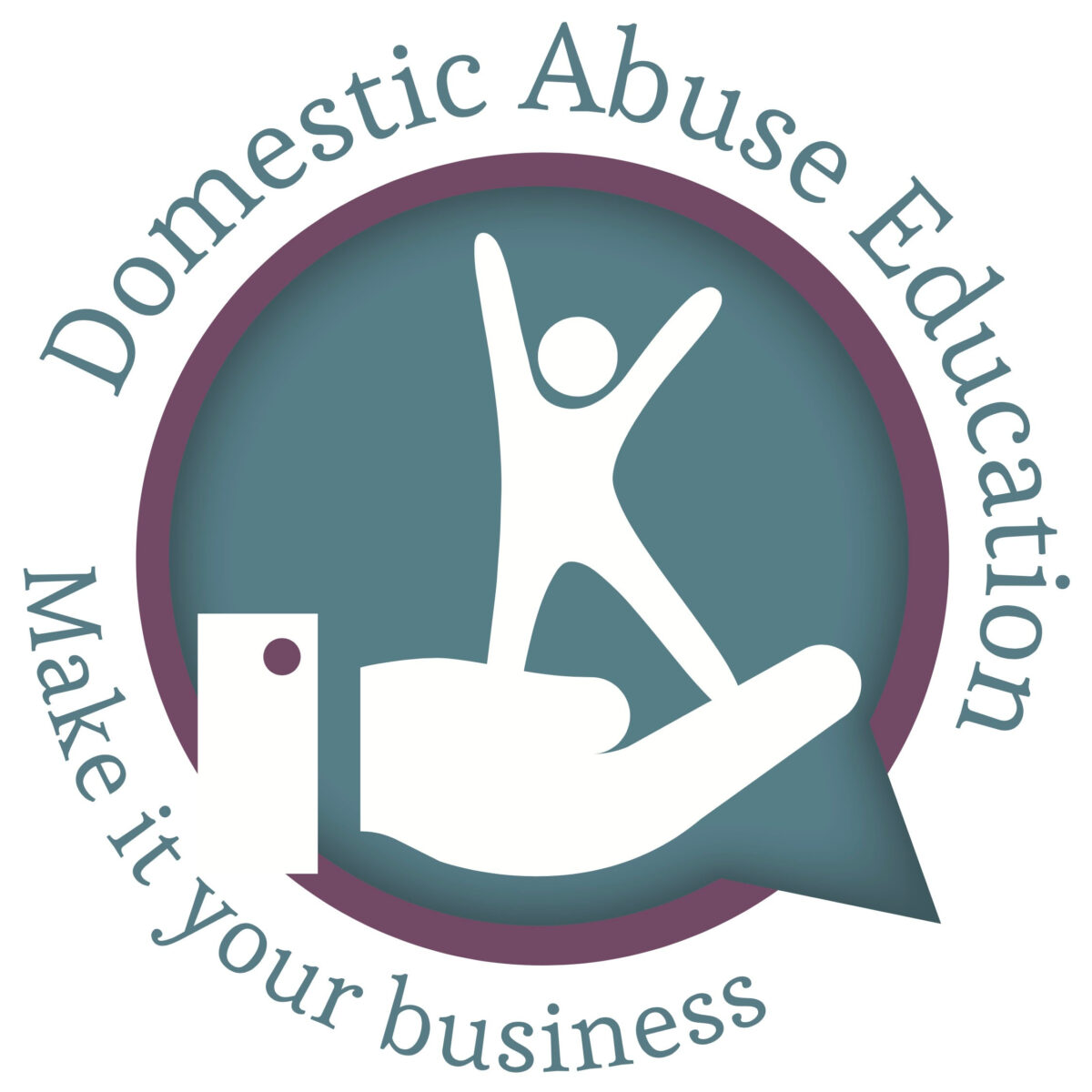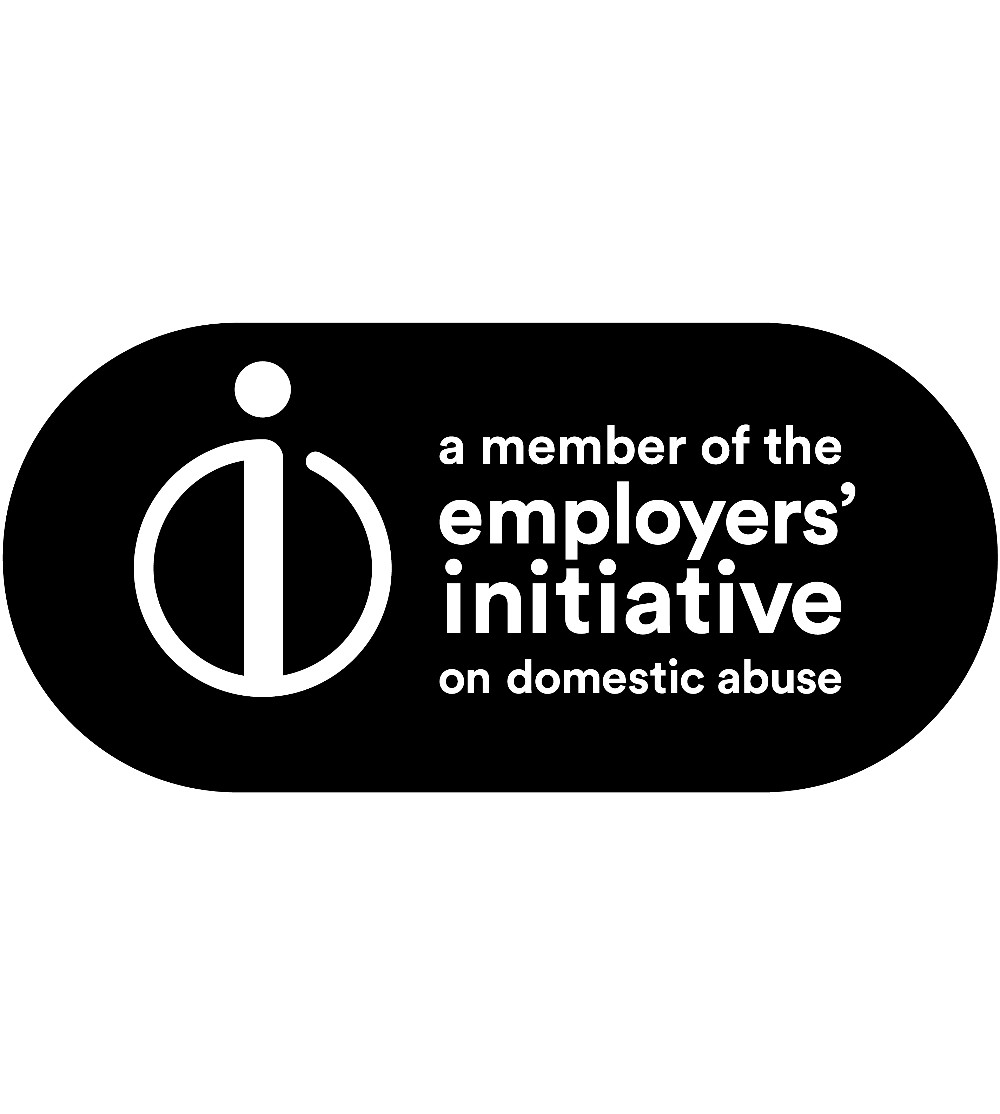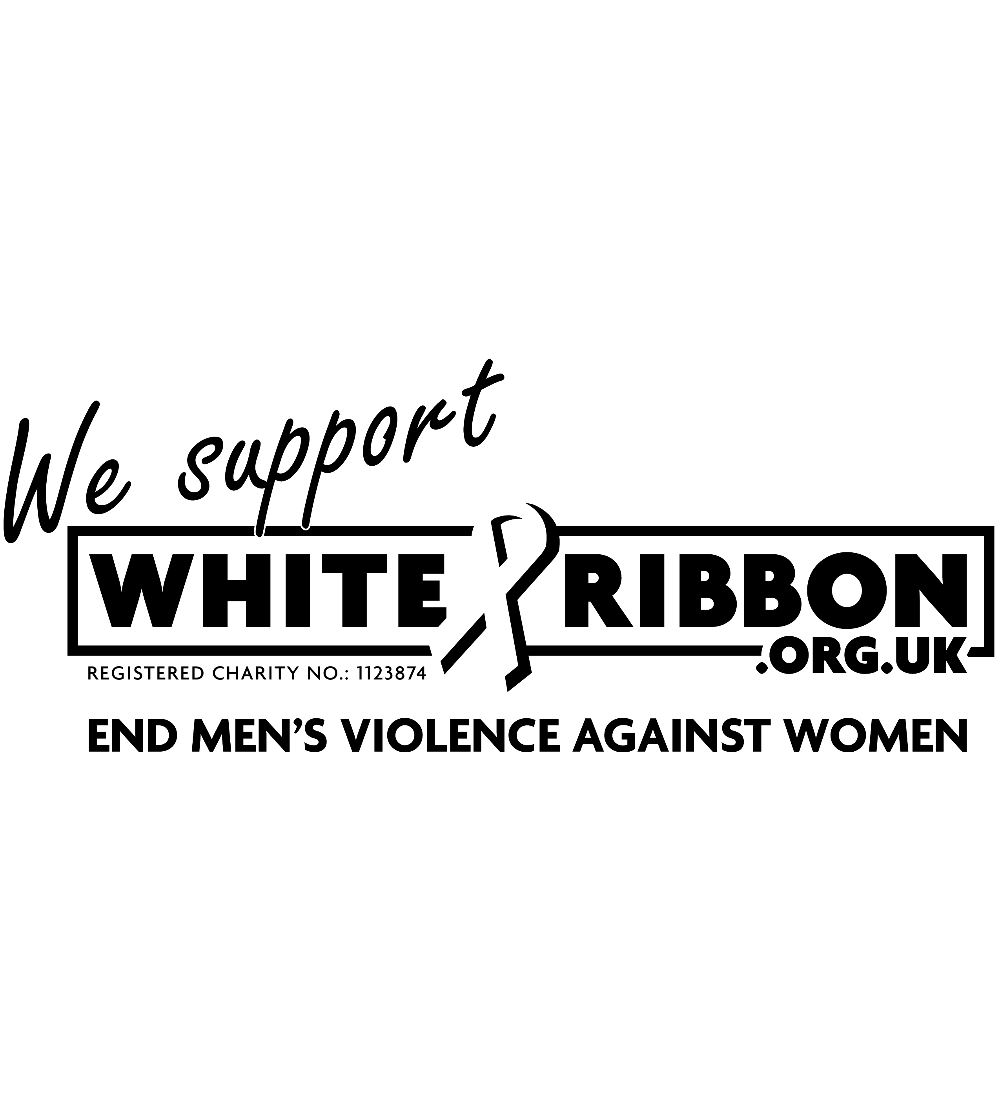Domestic abuse related homicides reveal a disturbing truth: 41% of women killed by partners or former partners had separated or taken steps to separate. The statistics prove even more alarming when examined closely – 30% died within the first month of separation, with 70% killed within the first year. These facts demolish the dangerous myth that leaving automatically brings safety.
Post-separation abuse gained legal recognition as a criminal offence on 5 April 2023, when the law changed to include post-separation abuse under the Serious Crimes Act (2015) – the Act made coercive and controlling behaviour a criminal offence. This essential change opens access to justice for survivors who previously faced limited legal recourse. Yet the period after separation remains one of the most dangerous times for those escaping abusive relationships.
The misconception that simply leaving solves domestic abuse problems requires urgent challenge. Your role proves essential in recognising post-separation abuse realities, identifying warning signs, and connecting staff with support services that help break ongoing control cycles. Many employees who experience these situations consider work their only safe space, making workplace understanding crucial for survivor safety.
Understanding Post-Separation Abuse
“Many are trapped in dangerous situations with an abuser or left with mountains of debt, homeless and experiencing this form of coercive control long after the relationship has ended.” — Dr. Nicola Sharp-Jeffs, Founder and CEO, Surviving Economic Abuse.
Post-separation abuse encompasses patterns of controlling, coercive, threatening, or intimidating behaviour that persist or emerge after relationships end. Studies show that over 90% of survivors experience some form of post-separation abuse, significantly affecting their capacity to achieve genuine safety. The workplace becomes a crucial environment where these patterns often manifest through changed attendance, performance issues, or financial distress.
Differences from relationship abuse
Relationship abuse typically relies on physical proximity for direct control, while post-separation abuse adapts to distance limitations. Physical separation generally increases the prevalence of emotional abuse over physical violence. This shift proves equally damaging to survivors and creates distinct workplace indicators.
Perpetrators frequently shift toward financial manipulation, harassment, stalking, and weaponising children for control purposes. They exploit formal systems, including family courts and child maintenance services, to maintain power over former partners. These tactics create specific workplace consequences that alert employers can recognise and address.
Escalation patterns after separation
Separation typically intensifies rather than eliminates abuse. The first 18 months after leaving represent the most statistically dangerous period, with a 75% increase in violence upon separation lasting at least two years. This escalation occurs because perpetrators experience separation as a fundamental loss of control.
Abusers respond to threatened control by intensifying their tactics. Expert analysis explains: “The abusive partner may experience separation as a declaration that their partner is capable of surviving without them”. Consequently, they resort to extreme measures in seeking to restore dominance. Employment often becomes their target, as work represents the path to independence for survivors.
Challenging the “just leave” myth
The widespread belief that victims should “just leave” abusive relationships oversimplifies survivor reality. Leaving rarely guarantees safety – it frequently increases danger. Many perpetrators view separation as a form of ultimate defiance, triggering intensified efforts to reassert control.
Survivors remain in or return to abusive relationships for multiple valid reasons: emotional attachment, financial dependence, limited support networks, and primarily, safety fears for themselves and their children. Rather than judgment, survivors require understanding, support, and resources that enable safe navigation of separation. Workplaces that recognise these complexities create environments where disclosure becomes possible.
Forms of Post-Separation Abuse
Perpetrators employ multiple tactics to maintain control after relationships end. These patterns often escalate rather than diminish, making workplace recognition crucial for employee safety.
Emotional and Psychological Control
Perpetrators commonly shift toward emotional manipulation once physical proximity ends. Gaslighting becomes a primary weapon, alongside character assassination and persistent verbal attacks. These behaviours systematically undermine survivors’ confidence and independence, often affecting their workplace performance and decision-making abilities.
Economic Abuse After Separation
Economic abuse affects 95% of domestic abuse cases and frequently intensifies after separation. Perpetrators employ various financial tactics:
- Withholding child support payments · Damaging credit scores deliberately
- Hiding assets during divorce proceedings · Coercing victims into debt
The Domestic Abuse Act 2021 now recognises economic abuse as domestic abuse, offering increased legal protection for survivors navigating these challenges.
Legal System Abuse
Abusers weaponise court systems through vexatious litigation, filing frivolous lawsuits, and deliberately prolonging proceedings. This “judicial terrorism” drains survivors financially and emotionally. Some victims return to abusers due to complete financial depletion from extended legal battles.
Children as Control Mechanisms
Children become pawns in post-separation control strategies. Perpetrators turn children against the protective parent, use them as information sources, disrupt established routines, or withhold consent for medical and educational decisions. These tactics maintain control while causing significant emotional harm to both children and the targeted parent.
Stalking and Surveillance Tactics
Perpetrators monitor ex-partners through social media surveillance, spyware installation, or physical stalking. This behaviour creates persistent fear and demonstrates the abuser’s determination to maintain control despite separation.
Coercive Control Recognition
Post-separation coercive control gained recognition as a criminal offence in UK law from April 2023. This legal development acknowledges that controlling behaviours often escalate following separation, placing victims at heightened risk during vulnerable periods.
Recognising Post-Separation Abuse in the Workplace
Post-separation abuse often exhibits distinct patterns that experienced employers can recognise. Early recognition proves essential for providing timely support and potentially preventing escalation of dangerous situations.
Workplace Behaviour Changes
Attendance patterns typically shift first. Staff experiencing post-separation abuse often display:
- Increased absences with vague explanations
- Reluctance to leave work at closing time
- Nervous behaviour when arriving or departing
- Excessive checking of phones during work hours
- Difficulty concentrating on previously manageable tasks
Decision-making abilities frequently deteriorate when confidence has been systematically undermined. Employees may struggle with routine choices or require excessive reassurance about work decisions they previously handled independently.
Persistent Anxiety Despite Physical Separation
Physical distance from an abuser doesn’t guarantee emotional safety. Many staff members experience ongoing hypervigilance, a survival mechanism that persists long after relationships end. This heightened alertness makes ordinary workplace situations feel threatening, significantly affecting performance and wellbeing.
Watch for colleagues who seem constantly on edge, even during periods of calm. Their nervous system remains activated, scanning for potential threats that may not exist in your workplace environment.
Child Contact Manipulation Affecting Work
Child arrangements frequently become vehicles for continued control. Abusers strategically exploit parenting schedules to maintain power over former partners. Pay attention to staff members whose children suddenly exhibit unwarranted fear or repeatedly make negative comments without clear justification.
Employee schedules may change unpredictably due to threatening abduction concerns or court-mandated contact arrangements designed to track movements rather than support children’s welfare. These disruptions often mask deeper control patterns.
Technology-Enabled Surveillance
Modern abusers employ sophisticated monitoring techniques that extend into workplace settings. Excessive calls or messages about children often serve surveillance purposes rather than genuine parenting needs. Monitoring through apps or social media activities can create a persistent fear among survivors.
Staff members may mention their ex-partner, knowing their whereabouts, without providing a reasonable explanation. Hidden tracking devices in vehicles or personal items enable this knowledge, creating workplace anxiety that affects productivity and safety.
The workplace presents a unique opportunity to spot these warning signs before situations escalate further. Your recognition of these patterns can make the difference between continued abuse and successful intervention.
Finding Support and Building Safety
“We know that four in five victims never call the police. And when they do, too many are let down — with only a small proportion of cases leading to charges or protection.” — Suzanne Jacob, Chief Executive, SafeLives (UK domestic abuse charity)
Safety planning after experiencing post-separation abuse demands both immediate action and ongoing support. Professional assistance proves essential during this vulnerable period – survivors shouldn’t navigate these challenges alone.
Specialised Support Services
Surviving Economic Abuse and many other front line support services provide targeted assistance for post-separation abuse survivors. Local authorities across the UK offer dedicated support programmes specifically addressing the unique challenges faced after leaving abusive relationships.
Employment often provides the financial independence crucial for abuse survivors. Many victims consider work their only safe space where they feel comfortable discussing their situation openly with trusted colleagues or HR personnel.
Legal Protection Options
Civil protection orders offer immediate safety by preventing perpetrator contact or barring them from the home. The criminalisation of post-separation abuse strengthens these legal protections, enabling accountability for economic abuse and controlling behaviours that persist after separation. Examples of these orders included:
- Domestic Abuse Protection Order (DAPO)
They can restrict the abuser’s contact with the victim, and their proximity to their home or workplace.
- Non-Molestation Order
Prevents the abuser from harassing, threatening, or contacting the victim.
- Occupation Order
Can exclude the abuser from the home, even if they legally own or rent it.
Victims can apply for these orders themselves, or with help from a specialist civil legal support service such as Domestic Abuse Alliance.
Building Your Safety Plan
Implement immediate safety measures through practical steps:
- Change locks, phone numbers, and work schedules where possible
- Notify children’s schools about authorised collection arrangements
- Vary daily routes to work and reschedule known appointments
- Keep certified copies of any protection order accessible at all times
Document all incidents of post-separation abuse, including screenshots of threatening messages, financial manipulation attempts, and any violations of contact arrangements.
Support Through Divorce and Child Arrangements
Legal aid remains available for domestic abuse victims pursuing divorce or child arrangement orders, although this is dependant on personal circumstances, such as income. Many solicitors do however provide initial consultations explaining options for unreasonable behaviour divorce applications and available protection measures.
Essential Support Contacts
For immediate danger, contact 999. Additional support includes:
- National Domestic Abuse Helpline: 0808 2000 247 (24/7)
- Mankind Initiative: 01823 334244
- Galop (LGBTQ+): 0800 999 5428
- Karma Nirvana (Honour Based Abuse): 0800 5999 247
- Domestic Abuse Alliance (Civil Legal Support): 0800 101 7110
Conclusion
Post-separation abuse demands urgent workplace recognition. The criminalisation of post-separation coercive control strengthens legal protections. Yet, workplace understanding remains crucial for employee safety during this vulnerable period.
Your workplace support makes a real difference for staff who experience ongoing control issues after relationships end. Financial sabotage, harassment through legal systems, and manipulation involving children create workplace consequences that extend far beyond personal trauma. Staff experiencing these situations often view work as their only sanctuary where control cannot follow.
Recognising warning signs enables timely intervention. Changes in work performance, attendance patterns, and financial behaviour provide clear indicators that prompt appropriate support. Your response proves essential in connecting employees with specialist services designed to address post-separation abuse challenges.
The workplace presents unique opportunities to support those rebuilding their independence. Flexible working arrangements, confidential employee assistance programmes, and trained managers equipped to respond sensitively create environments where staff feel safe to disclose ongoing control.
Many employees successfully rebuild their lives after separation with appropriate workplace support. Your organisation’s commitment to staff wellbeing during these challenging circumstances demonstrates genuine care for employee safety and creates stronger, more resilient teams.
Support exists to help you develop effective workplace responses to post-separation abuse. Specialist training programmes, policy templates, and expert guidance enable organisations to create safer environments where employees experiencing ongoing control can access crucial assistance.
Your staff deserve workplaces built on respect and dignity. Early recognition, appropriate response, and connection with specialist support services save lives while building trust throughout your organisation.
FAQs
Q1. What is post-separation abuse and how does it differ from abuse during a relationship? Post-separation abuse refers to controlling, coercive, or intimidating behaviour that continues or begins after a relationship has ended. Unlike abuse during a relationship, it often involves less physical violence and more emotional manipulation, financial control, and using children or legal systems as tools for maintaining power over the former partner.
Q2. Why does abuse often escalate after separation? Abuse often escalates after separation because the abuser experiences a loss of control. When they feel their dominance is threatened, they may intensify their tactics to regain power. Statistics show that the first 18 months after leaving an abusive partner are the most dangerous, with a significant increase in violence.
Q3. What are some common forms of post-separation abuse? Common forms of post-separation abuse include emotional manipulation, financial abuse, misuse of court systems, using children as tools of control, stalking and harassment, and coercive control. These tactics are used by abusers to maintain power and control over their former partners even after the relationship has ended.
Q4. How can I recognise signs of post-separation abuse? Signs of post-separation abuse may include changes in your behaviour or routine, feeling unsafe despite separation, manipulation through child contact, and unexplained monitoring of your movements. You might find yourself constantly checking your phone, altering daily routes, or feeling unable to make decisions independently.
Q5. What support is available for victims of post-separation abuse in the UK? In the UK, there are various support services available for victims of post-separation abuse. These include specialised organisations like Surviving Economic Abuse, legal protections such as Domestic Abuse Protection Orders and other civil orders, and helplines like the National Domestic Abuse Helpline. Legal aid can sometimes be available for domestic abuse victims seeking divorce or child arrangement orders.








